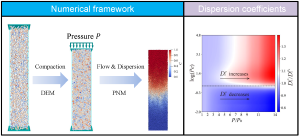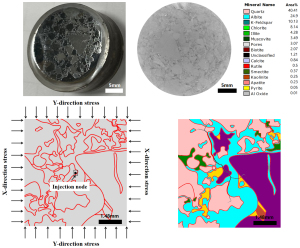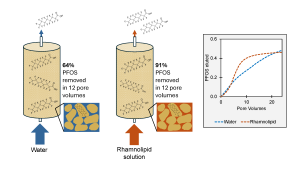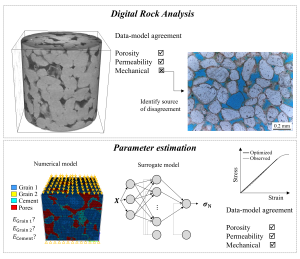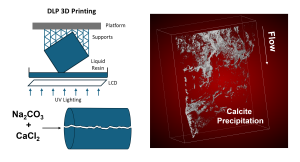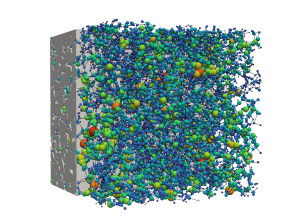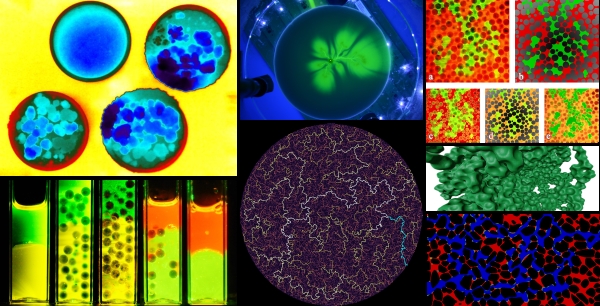
About the Journal
InterPore Journal is a new international, peer-reviewed, open-access journal, fully owned and published by the International Society for Porous Media (InterPore). Like the Society, our mission is to advance knowledge and research on porous media systems and their technical and industrial applications. We provide a trusted medium for sharing insights into the processes and phenomena involved, bringing together contributions from across disciplines to strengthen the global porous media community.
The journal publishes original research articles, technical notes, review papers, open datasets and source codes, as well as short communications, commentaries, and opinion pieces. Topics span the full breadth of porous media science and technology, including imaging and characterization, physical and numerical modeling, data-driven methods, material design, and applications in geology, industry, environment, and biology. Our overarching goal is to serve as the focal point for the worldwide porous media community by publishing and freely sharing high-quality, multidisciplinary, and multiscale research.
Articles are published under a Creative Commons license and appear four times per year with the online release of each issue, following final publication approval by the authors. Information on all published articles is shared through our bi-weekly e-newsletters (reaching 3000+ recipients) and across our social media channels.
Stay Connected
Keep up with the latest publications, news, and updates from InterPore Journal by subscribing to our newsletter and following us on social media. Join our vibrant online community and engage with fellow researchers worldwide:
Submit your manuscript today and join us in advancing the field of porous media science and technology. We look forward to receiving your contributions and continuing to support the growth of knowledge in 2025 and beyond.
Current Issue
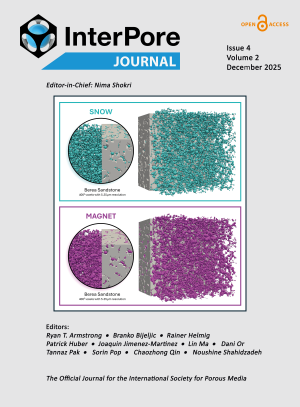
The cover of this issue features Figure 8 from the Original Article by McKague et al. It shows a visualization of network extractions for 4003 image of Berea sandstone with a 5.35μm resolution, comparing SNOW and MAGNET extractions. You can read the full article here.
Invited Student Papers
Original Research Papers
![]()

